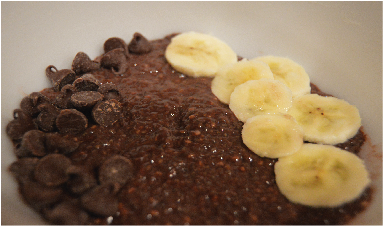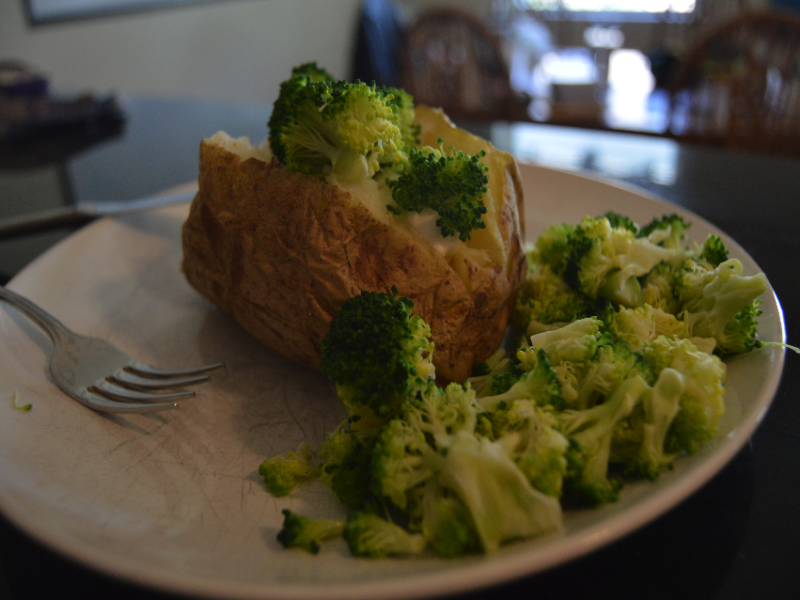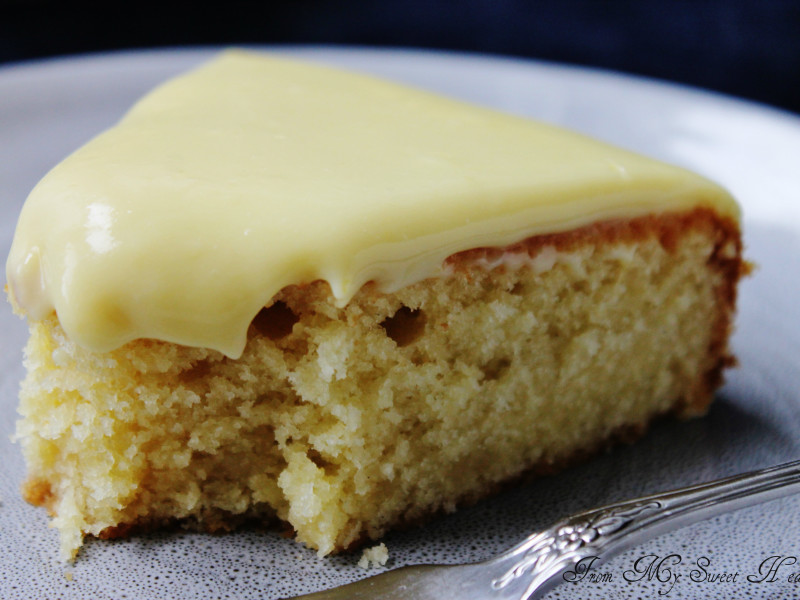Ahh, just think of that wonderful *pop* and hiss as you crack open the first bottle of your very own delicious malt beverage. What could be more satisfying then brewing your own beer, from basic ingredients and a healthy dose of good ‘ole time? Home brewing is completely legal in the state of Colorado, and is a fun and interesting cooking activity. Plus, with a little patience, the results can be enjoyed for months.
All beer recipes start with the same set of basic ingredients. Before getting into the actual recipe, there are a few pieces of equipment that are required to make the beer. While most of the equipment can be purchased as individual items, many companies have specialized in producing full equipment kits that will get any novice started for only about $85. These kits generally include two 6.5 gallon white fermentation buckets, hoses for siphoning the beer from one bucket to the other, a hygrometer to measure the expected alcohol content, a capping tool, and a few other items necessary for the brewing process. You will also need to purchase caps and get your hands on about 50 12-ounce bottles, and make sure that you get the bottles with pop-tops, not the screw-cap type. It would also be wise in invest in a large stock pot.
The next step is to go to a local home brewing supply store and purchase a beer ingredient kit that strikes your fancy. First-timers should start with something basic, such as a brown ale or IPA. If you’re feeling adventurous, you could go for a porter or stout, but those are more involved and are more easily screwed up. You can also buy kits online, but a local shop is a better option for your first go around because the proprietors will be able to assist you with the process.
All beer recipes start with these ingredients:
1. Hops – this is what makes beer taste like beer
2. Malt extract – malt is the base for the alcohol and much of the flavor
3. Grains – grains provide the color and some flavor, as well as introducing more sugars for alcohol
4. Yeast – the yeast consumes the sugars from the malt and the grains and produces alcohol and CO2, which makes beer “bubbly”
The basic process of brewing is fairly straight forward. You start with about 5 gallons of water, and heat it to 160 degrees Fahrenheit. This is the same for all home brewing kits. Next, depending on the type of kit you bought, you steep the provided grains in a giant tea bag in the hot water for about an hour. It’s important to keep the water very near 160 degrees. Next, heat the “tea” to boiling and slowly add the malt extract to the water. After you have added all of the malt, then slowly bring the mixture, which at this stage is known as “wort” (pronounced “vert”), back to boiling. Now you will add the first part of the hops. Generally, hops are added twice during the brewing process. Once at the beginning of the boil and once towards the end. This can vary, though. You will now boil the wort for an hour, and possibly add more hops for the last 15 minutes or so.
Once the boiling process is done, the next step is to cool the wort down to about 65 degrees. This can be done by placing the stock pot in an ice bath and monitoring the temperature. This is a very critical part of the brewing process, because once you take the wort off of the heat and it stops boiling, everything that touches the wort must be sanitized! If you are not careful, you can ruin your beer. Sanitize everything that will touch the un-fermented beer. Your equipment kit should have included a no-rinse sanitizer for this.
After cooling the wort, you now can add the yeast. Transfer the cooled wort from the stock pot into the sanitized 6.5 gallon fermentation bucket, and then slowly add the yeast just on top of the wort. Do not stir the yeast into the wort, it’s fine right on top. Now, attach the airlock to the top of the fermentation bucket and wait. The fermentation process can take 5-7 days, after which you transfer the fermented beer to the bottling bucket, where you will add bottling sugar to the beer and then siphon it into sanitized bottles. Wait two weeks, and enjoy the fermented fruits of your labors!
For more information and more detailed instructions, visit http://www.homebrewersassociation.org/




'Cooking Corner: Homemade Beer? You betcha' has no comments
Be the first to comment this post!